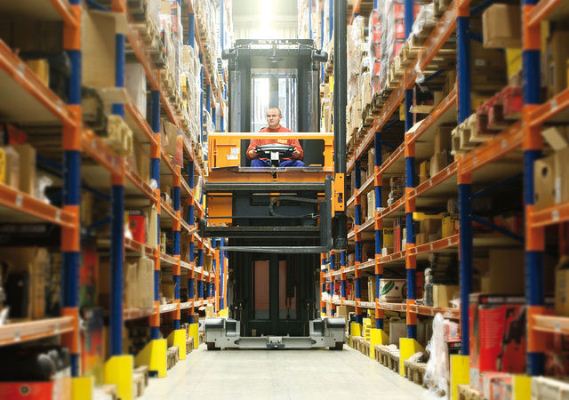 The number of manufacturers supporting a fully connected factory will nearly triple by 2022, meaning 46% anticipate having the capability in five years’ time, according to a new report analyzing the emerging trends shaping the future of industrial manufacturing.
The number of manufacturers supporting a fully connected factory will nearly triple by 2022, meaning 46% anticipate having the capability in five years’ time, according to a new report analyzing the emerging trends shaping the future of industrial manufacturing.
This is just one of the transformational shifts that respondents to the survey see happening in the manufacturing industry over the next five years, according to the “2017 Asia Pacific Manufacturing Vision Study” commissioned by Zebra Technologies, a manufacturer of enhanced mobile computers, scanners, and barcode printers that enable real-time enterprise visibility solutions.
According to the report, manufacturers will continue to adopt Industry 4.0 and the smart factory. Workers will use a combination of radio frequency identification (RFID), wearable technologies, automated systems, and other emerging technologies to monitor the physical processes of the plant and enable companies to make decentralized decisions.
“APAC manufacturers will lead the way globally, with 77 percent of respondents expecting to collect data from production, supply chain, and workers in a holistic manner by 2020, compared to 46 percent doing so today,” said the report.
Other findings of the report show that executives across Asia-Pacific regard achieving quality assurance as their top priority over the next five years. Forward-looking manufacturers are embracing a quality-minded philosophy to drive growth, throughput, and profitability.
In a sign that improvements made by both suppliers and manufacturers will ultimately boost the quality of finished goods, fewer respondents say quality-related issues will be a top concern in the future. Today, 55% of manufacturers see quality as a top concern, but this falls to 35% in 2022.
Manufacturers also expect to expand the level of technology use between now and 2022, specifically mobile technology (27% vs. 72%), wearable technology (33% vs. 65%), location tracking (38% vs. 51%), and voice technology (45% vs. 51%).
Moreover, 42% of the manufacturers expect investments in visibility technology to spur growth. Fifty-five percent will implement real-time location systems and 48% plan to use RFID by 2022, providing the much-needed transparency across their operations.
By 2022, about 44% of manufacturers expect to enable Just-In-Time notifications for their customers. The request will increasingly come from the high-tech (48%), pharmaceutical (40%), automotive (35%), and food & beverage (36%) industries.
Ryan Goh, vice president and general manager, Zebra Technologies, Asia Pacific, said: “Manufacturers are entering a new era where there are increasing expectations of faster and higher quality production along with highly competitive margins. This trend is especially relevant for Asia Pacific—a region often regarded as the manufacturing hub of the world.”
The study, he added, shows that “savvy manufacturers have started to invest in smart factory technologies to reap benefits such as enhanced productivity, increased visibility, and the ability to predict demands. As we move toward Industry 4.0, this trend will continue to expand and shape the industry in the coming years.”
Zebra Technologies commissioned the global study to analyze trends and challenges that impact manufacturing companies. The survey asked 1,100 executives from automotive, high tech, food, beverage, tobacco and pharmaceutical companies for their insights on adopting technology on the plant floor to increase their competitive position. The Asia-Pacific results are contained in this report.
Photo: Profix11 – Own work





